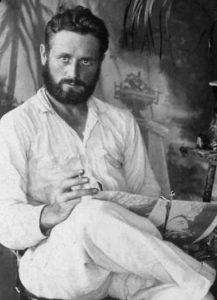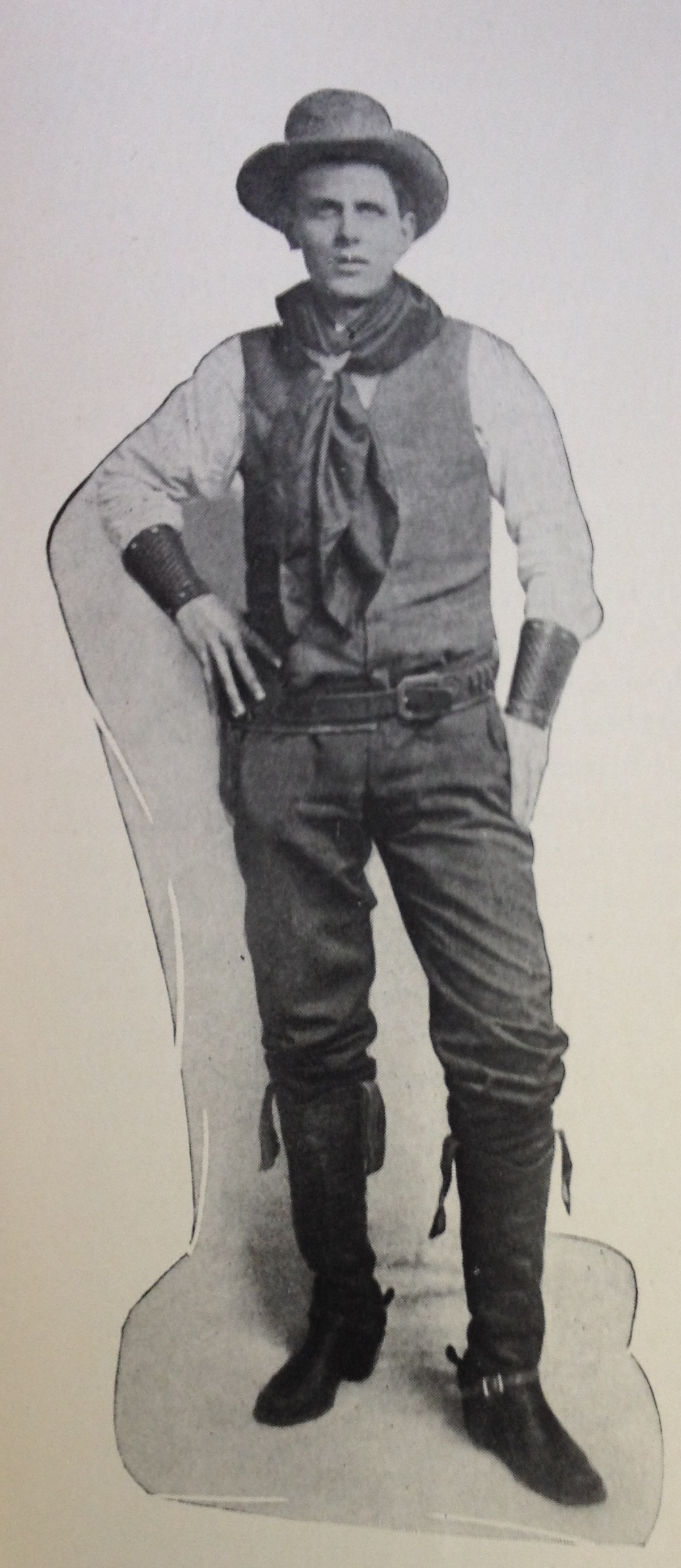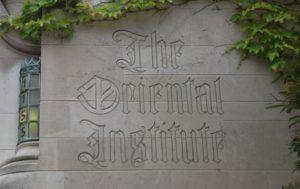One more for Halloween, from Jazz Age singer Lee Morse and the Blue Grass Boys:
Tag: 1920s
Who Really Discovered the First Paleoindian Sites in Vermont?
In 1927, the Folsom site in New Mexico, which contained the distinctive fluted stone points of the same name directly associated with an extinct species of bison, was identified by archaeologists as the first Paleoindian site. In conjunction with the similar, but earlier, Clovis fluted points found at Blackwater Draw a few years later, these two sites provided clear evidence that humans had been present in the United States since the end of the Pleistocene.
As these discoveries became publicized and archaeologists looked for more examples of early sites, it soon became apparent that fluted points had been found in many states by amateur antiquarians, often as surface finds. Without good contextual data, however, no one had realized how old these points actually were.
In 1929, Vermont collector Benjamin Fisher read an article about the Folsom site in the New York Herald Tribune. He immediately wrote a letter to the scientist mentioned in the paper, Barnum Brown, at the American Museum of Natural History:
Frans Ferdinand Blom: Danish Dixie Bohemian Archaeologist

“My first encounter with a cave filled with human skulls and bones occurred in 1928 at Huxjal.” Frans Ferdinand Blom knew how to start an article. His bio is now up at Jazz Age Adventurers.
The Field Trip that Founded, and Filled, the Oriental Institute
In 1919, James Henry Breasted, archaeologist and founder of the Oriental Institute at the University of Chicago, embarked on a year-long trip through the Middle East. His goal was to identify research opportunities throughout the area, and to obtain artifacts to bring back to Chicago. The story (from a 2010 exhibition at the Institute) was told in Archaeology Magazine.
Tucson’s Presidio and Historical Archaeology in the 1920s
By digging at the site of the Presidio San Agustín del Tucson in 1929, Engineer Donald Page gets the nod as Tucson, Arizona’s first historical archaeologist. That was his only excavation, and less than ten years later, his life took a tragic/stupid turn (alcohol and a handgun were involved). See Donald Page: Tucson’s Tragic First Historical Archaeologist by Homer Thiel.
The Lamoka Power Corporation
Local historian Vinnie Nykiel gave a talk on hydroelectric power in the Lamoka Valley on June 17.
In the early twentieth century, there was an ambitious plan to dam the entire valley (which would have flooded a vast area, including the Lamoka Lake archaeological site).
A preview of his talk to the Town of Wayne History Group is at the Corning Leader.
M.R. Harrington, a.k.a Ramon de las Cuevas
Mark Raymond Harrington was not only an archaeologist and ethnologist, but also a writer. Tellers of Weird Tales has an account of one of his earlier works of fiction, Teoquitla the Golden, which was published in Weird Tales using his pseudonym, Ramon de las Cuevas (i.e., Raymond of the Caves).
This story was published in 1924, the year before Arthur Parker and William Ritchie would begin excavations at the Lamoka Lake site. Harrington had recently completed his work at the Ozark rockshelters (likely the inspiration for his pen name) and would soon make some of his major discoveries in Nevada.
See how Harrington dressed when he wasn’t writing here.

M.R. Harrington’s Expedition Wear, c. 1920s.
 The always fascinating Mark Raymond Harrington, archaeologist, anthropologist, and #jazzageadventurer modeling his exploring outfit for Museum Service, the bulletin of the Rochester Municipal Museum.
The always fascinating Mark Raymond Harrington, archaeologist, anthropologist, and #jazzageadventurer modeling his exploring outfit for Museum Service, the bulletin of the Rochester Municipal Museum.
Mr. Harrington, soon after his academic work at Ann Arbor and Columbia began to explore the out-of-the-way places of America and has been remarkably successful.
